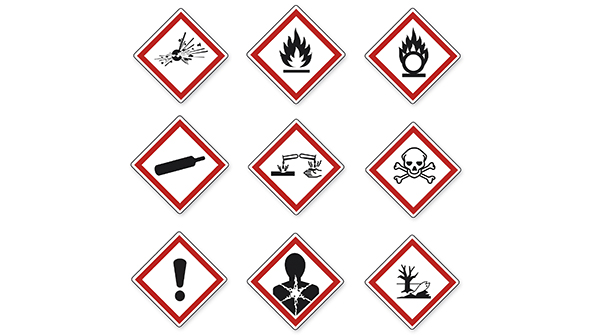This week marked the culmination of the years-long effort to align OSHA’s Hazard Communication Standard with GHS, the UN’s Globally Harmonized System of Classification and Labelling of Chemicals. But it’s not the end! As Winston Churchill might say, it’s just the end of the beginning! OSHA has indicated an intent to review and potentially align with newer versions of GHS in the years to come.
At this moment, the important thing to keep in mind is that this week’s deadline was essentially a “wrap up” of the phase-in period for GHS. For employers who have been managing against the previous deadlines in the transition period — building up their compliant SDS library, ensuring an effective labeling system, training employees on any newly identified hazards, and updating written plans and chemical inventories along the way to account for changes — the June 1 deadline doesn’t require them to take any new actions. They should be good to go!
If, however, you’re not sure if you’ve been keeping up with all the requirements of OSHA’s adoption of GHS, or you feel you need more information, then now is the time to educate yourself, get compliant, and make certain you stay compliant.
The June 1, 2016 date is known as the “final deadline,” but that’s a bit of a misnomer. Ever since the mandate to begin training employees on GHS-aligned label elements and SDS formatting back in late 2013, the transition toward GHS alignment has been an ongoing obligation. OSHA said that during the transition toward GHS, employers could comply with HazCom 1994 (pre-GHS), HazCom 2012 (GHS-aligned), or both. Employees in most workplaces have been seeing GHS-aligned labels and safety data sheets for some time, and most workplaces were ready to “hit the ground running” with this week’s deadline.
If you still lack a GHS-aligned safety data sheet, it’s important to be prepared for OSHA to ask why this is the case. You’ll want to show OSHA that this was not something you accepted passively. Here’s an example of how that might work. Let’s say you lack a GHS-aligned SDS because your last shipment from your supplier came with an older-label product with an MSDS instead of an SDS. You ought to:
- Contact the supplier about this issue immediately, and make repeated attempts if the supplier is not responsive.
- Document the date of the original shipment and exactly what was wrong with it.
- Document all your calls (and/or emails, and/or letters) to the supplier, as well as anything else that might be relevant to your attempts to resolve the matter.
OSHA is going to want to see you are taking initiative to correct any situation that could render you out of compliance.
Wherever your business is in the process, the good news is that tremendous resources are available to help you stay in compliance, and to get yourself educated about any future GHS-related changes. A great place to start is the MSDSonline GHS Answer Center, where you can learn more about the history of GHS, see the related OSHA requirements, and find answers to the most commonly asked questions about GHS.
VelocityEHS’ MSDSonline brand is also offering a free live webinar—The Final OSHA GHS Deadline: What You Need to Know Now—on June 15 and July 6, covering the steps that everyone in the chemical management chain needs to take to keep their workers safe and their workplaces compliant with the now fully GHS-aligned HazCom Standard.
